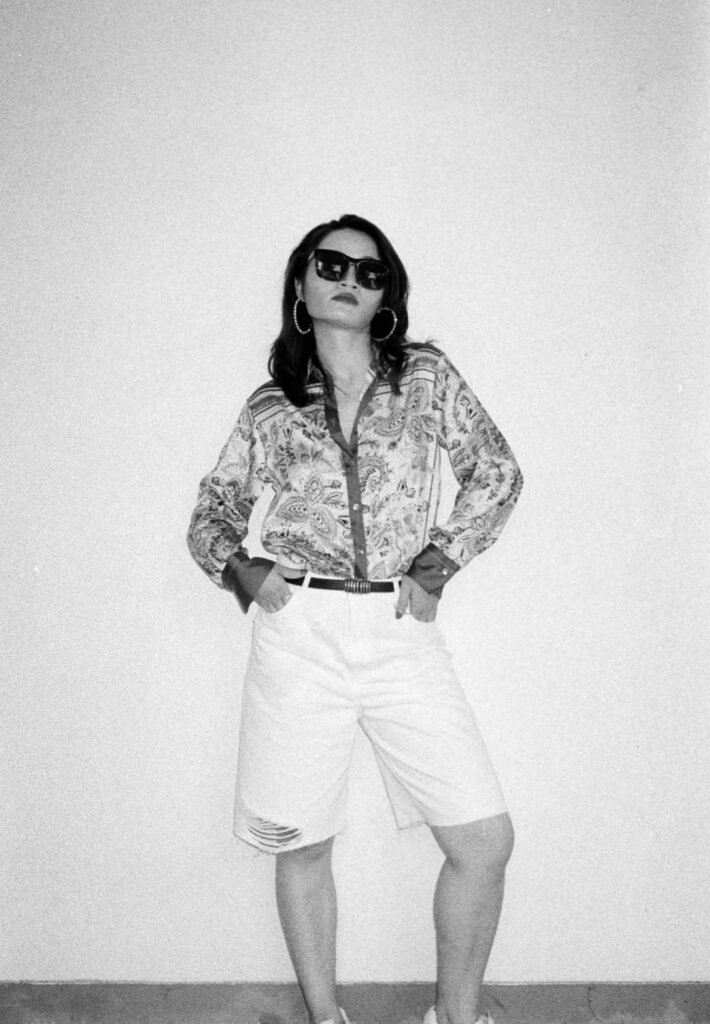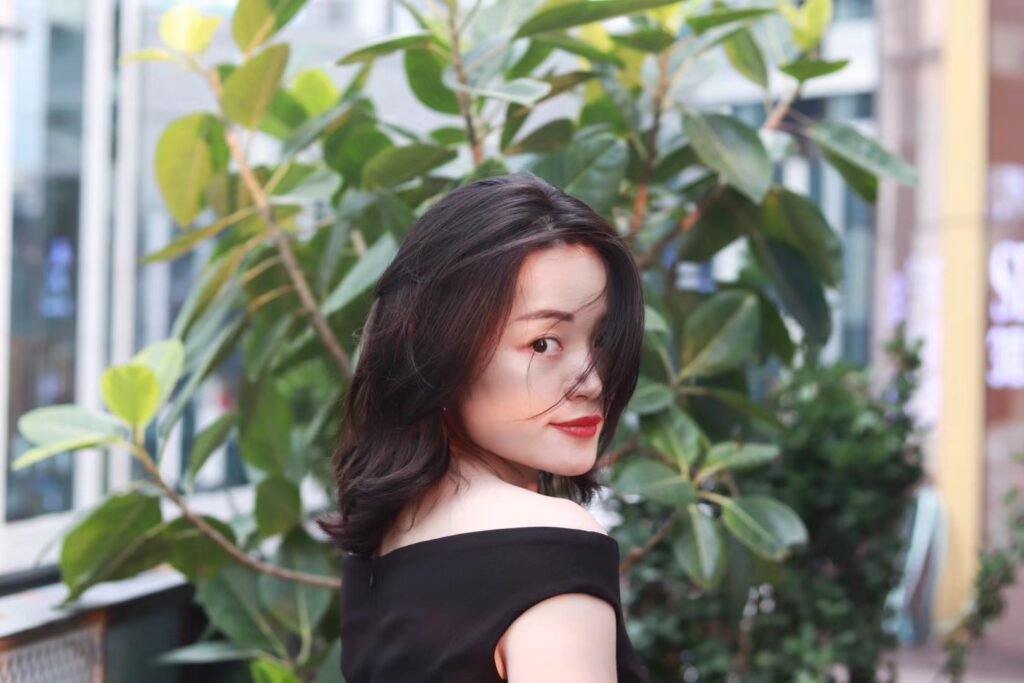I’ve spent over a decade moving between fashion, design, and lifestyle brands — and for the longest time, my peers and I explained success with one word: style.
But what truly gives a brand value is never style.
It’s spirit.
1. From Looking Beautiful to Becoming Trustworthy
“Lifestyle aesthetics” is often mistaken for filters, curation, or pretty displays.
But in truth, it is a brand’s emotional system.
People don’t buy candles, vases, or atmosphere.
They buy the belief that life can be treated gently.
I often wonder what it means for beauty to have responsibility.
When I created UMFD, I wasn’t trying to build a fragrance label — I wanted to build a habitat for emotion.
The plant-based formulas, Italian accords, the minimalist lines, the air of silence — these are not aesthetic gestures, but languages of equilibrium.
Aesthetics are simply how emotion gets packaged. Trust is the real currency of a brand.
And only when beauty becomes a stable emotional experience does it start compounding into brand equity.
2. The Soul of a Brand Is Not Its Story — It’s Its Consistency of Perception
Memorable brands don’t just tell good stories; they keep telling the same story, over time, through every medium.
From scent and packaging to tone of voice and internal communication — when every touchpoint aligns, a brand’s personality crystallizes.
Aesthetics, when practiced with consciousness, form a logical emotional system:
- Visuals speak to reason.
- Tone conveys warmth.
- Products carry memory.
When these three align, the brand gains emotional memory.
Like composing music, a brand’s rhythm is defined by its pauses.
That’s how UMFD, once a small niche fragrance line, evolved into a quiet symbol of aesthetic integrity.
Not because our visuals were louder — but because our voice never changed.
3. Structure, Not Inspiration, Makes Aesthetics Scalable
Entrepreneurs often treat aesthetics as talent — a spark of intuition.
But in truth, it’s a form of systemic thinking.
Every visual decision has a commercial logic: White space leaves room for imagination.
Restraint invites participation.
I approach brand creation as a sensory architecture system. A brand is not built for people to look at — it’s built for them to enter.
So if you want to create brand equity, don’t start by asking how to make things beautiful.
Start by asking: How can I make people feel understood?
4. When Aesthetics Become a Language of Trust
The end of lifestyle aesthetics is not visual perfection — it’s resonance. Many founders I work with realize their brands are not visual problems but emotional ones.
When your aesthetic system can be felt, repeated, and trusted, it stops being a style. It becomes a language.
At that point, aesthetics are no longer decoration — they’re commercial intelligence.
People do not pay for products, but for a worldview that feels like home.
They’re not buying your brand; they’re buying the emotional frequency it carries.
5. Amanda’s Note
I’ve always believed that aesthetics is the highest form of business.
It doesn’t just please the eye — it educates perception.
When a brand helps someone believe that life can be treated with more care,
That is its truest form of profit.
Because the greatest brand asset is not awareness or scale , it’s the moment you make someone believe, again,That beauty still matters.
If you’re building something that deserves to be felt, not just seen — we might have something in common.





